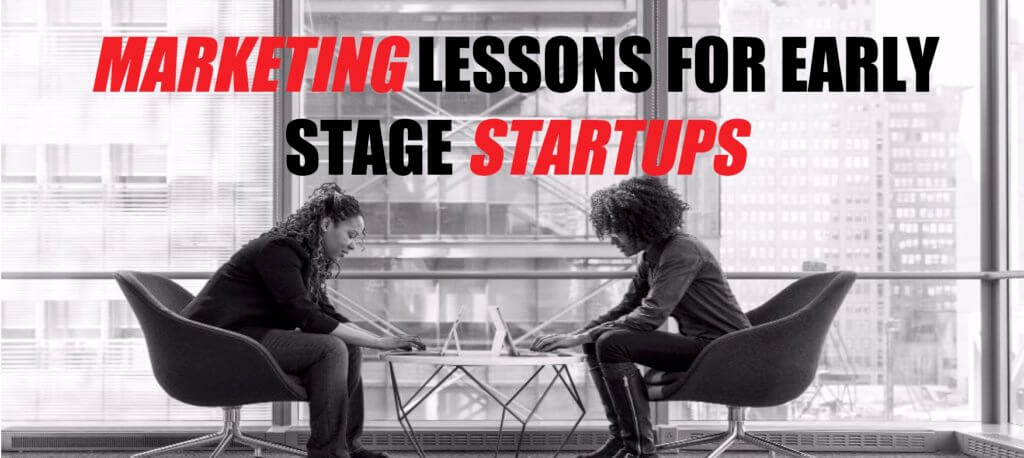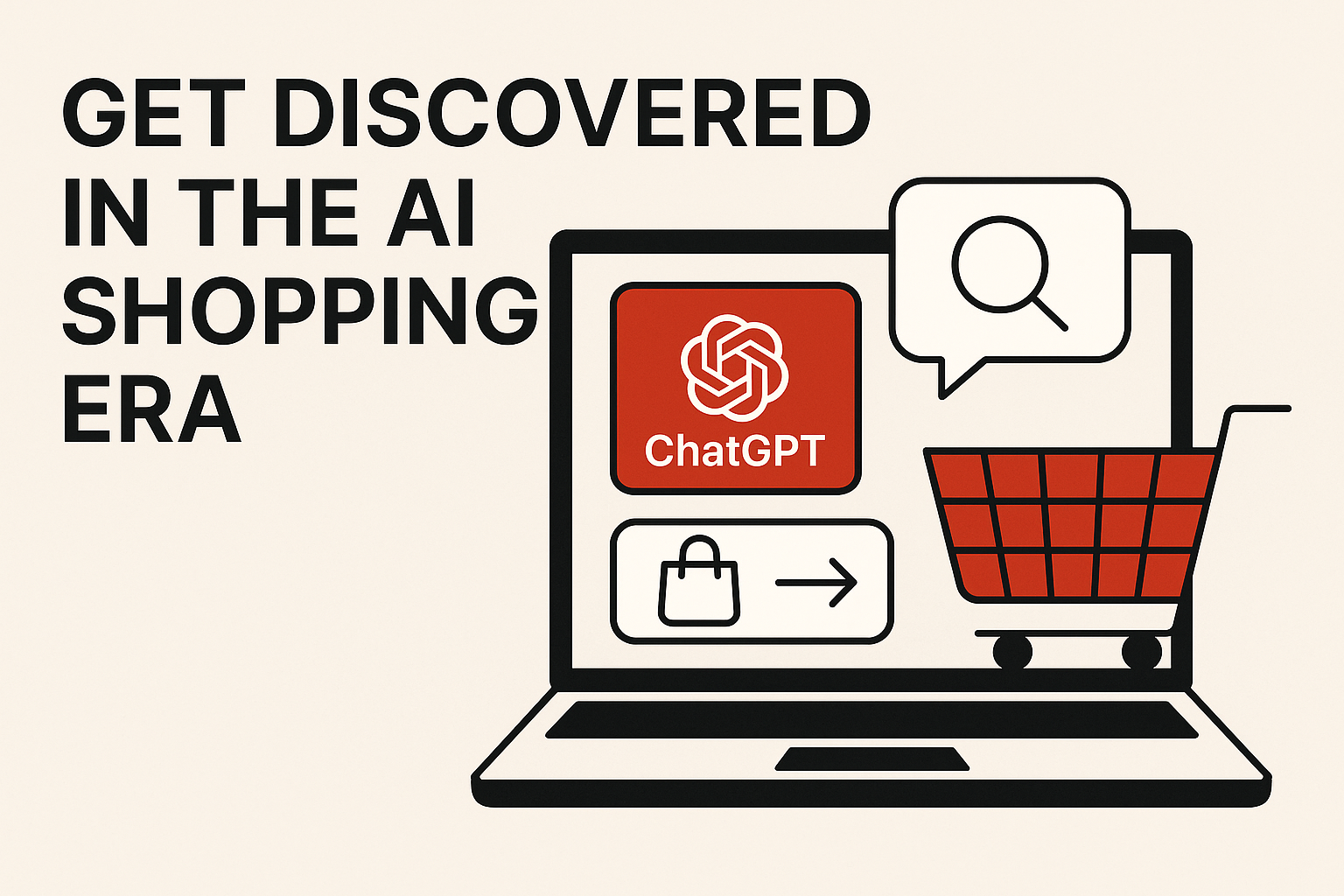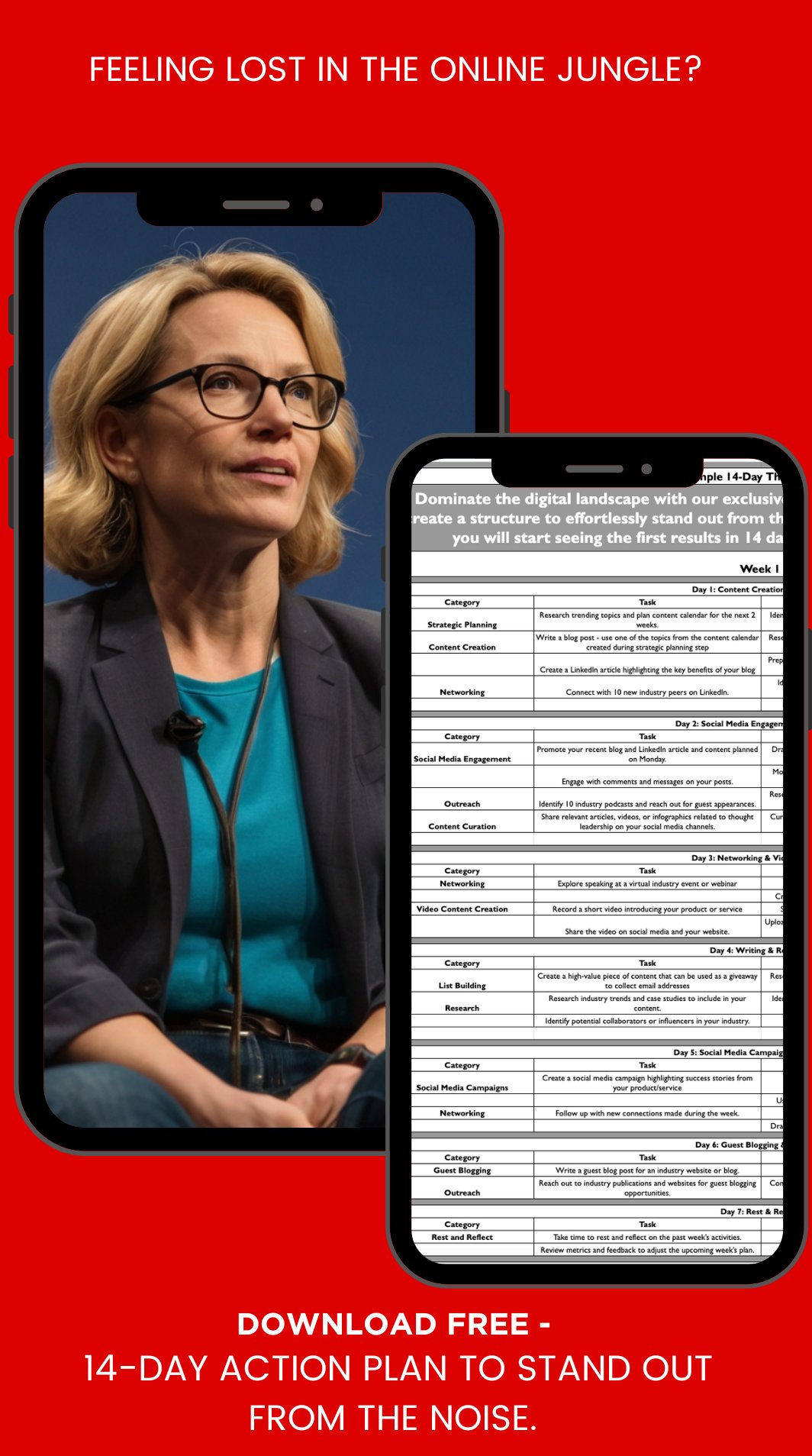Large marketing budget is the dream many emerging companies have. The dream, that is, not the budget.
Whether you are a B2B or a B2C company, if you have a small marketing budget, then your main goal is to establish a strong marketing funnel.
Each successful funnel typically has 4 core components:
- Right Customers
- Compelling Story
- Profitable Marketing Channels
- Smart Sales Sequence
Table of Contents
ToggleLet’s Talk about Customers
Most startups have a product, but not enough customers. It is much easier to code then to talk to the customers. It is not a surprise that when you finally bring the product to market nobody wants it.
Furthermore, there is a difference between what customers want and what they need. They will describe a rainbow, but what they really need is a pot of gold.
If your marketing budget is small, you cannot invest into comprehensive market research. But you can get out and talk to the customers.
Your chances of success go up if you spend your time interviewing your customers about the problems they have. Do not ask them whether they would be willing to buy your product. Rather, understand the fears and frustrations they have with the existing process.
Moving on to a Compelling Story
Your customers do not care about the amazing features of your product. What they want to know is how your product will make them amazing.
Small marketing budget does not mean you cannot have a great story.
Take the learnings from your customer interviews. Turn them into your story. Speak the language that will stir emotions and make your customers crave your product.
Once you nailed your main story line, use all of the available channels to share your story with the world.
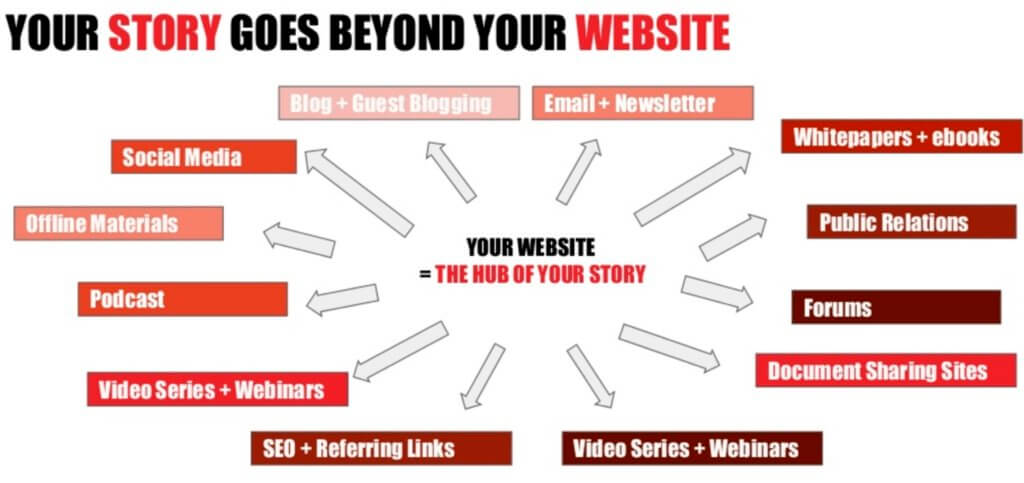
Time to Discuss Profitable Channels
Limited marketing budget also means that you cannot tackle many marketing channels at the same time. The good news is that you do not have to.
All you need to do is to find one channel that will be profitable. If you make it work, you have a successful business. If you go after too many channels, you run a risk of missing the mark.
The good news is that there is a finite number of channels. 24 to be exact. Some channels are more suited for B2B companies, while others work better for B2C.
Use the channel prioritization framework to methodically test your channels:
- Pick a Channel
- Design a Funnel
- Run an Experiment
- Measure Results
- Optimize
- Re-run the Experiment
- Determine Return on Investment
You are looking for channels that will have the highest impact on your key metrics
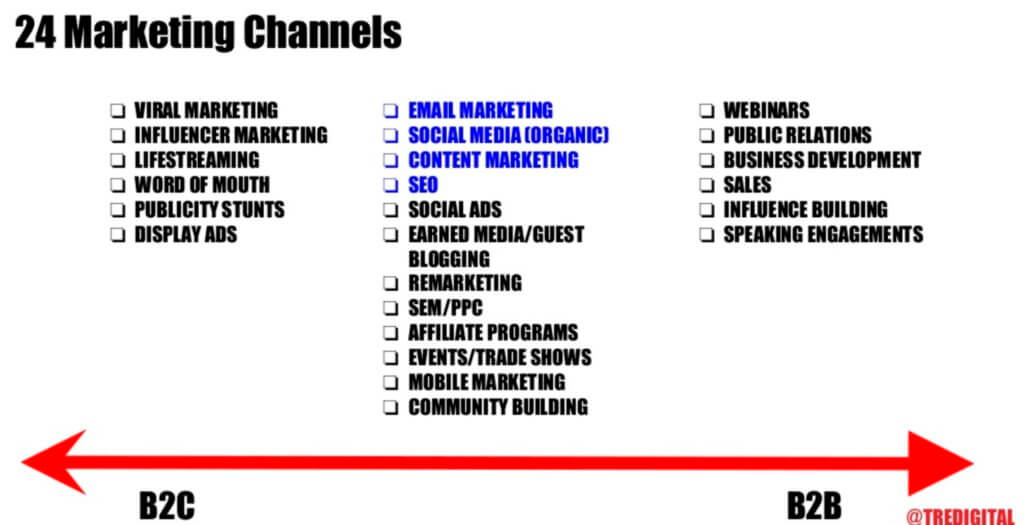
Finally, Your Smart Sales Sequence
Most companies I talk to neglect to create a smart sales sequence. If you expect your Facebook ads to convert on the first try, you are doomed to fail.
It still takes 4-7 exposures to your brand for a customer to make a purchase decision. The first sale to any customer is the hardest. It also should not be the last one.
A typical cost of a retail customer is $45-60. If the price of your product is less than that, you will actually be losing money. Your goal is to sell more, sell more often and encourage your customers to refer you to their friends.
When you start designing your funnel, start with a FREE or a low price offer. Follow it by an upsell and a nurturing sequence. Once you had a chance to build a relationship with your customers, introduce a higher price offer.
CONCLUSION:
Your funnel is critical to your success, but it does not have to be difficult. Start by understanding your customers deepest needs and fears. Map them to a compelling story. Determine some of the top channels and run experiments to determine the right sales sequence.

